The Morro Bay estuary is a special place that is central to many of our lives, providing a beautiful place to live, work, and visit. We play in these waters and enjoy the food they provide. These waters are also home to countless species of plants, fish, and invertebrates.
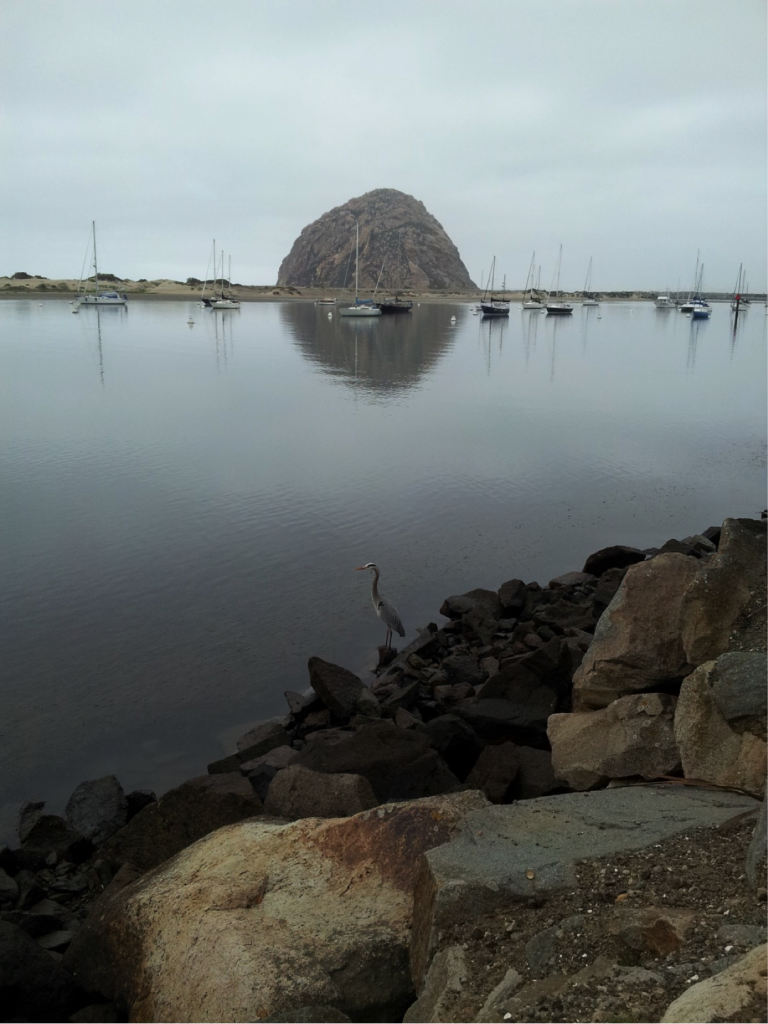
The monitoring efforts of the Estuary Program and its volunteers help to determine if Morro Bay provides clean waters that can support sensitive marine life, as well as activities such as swimming, boating and fishing.
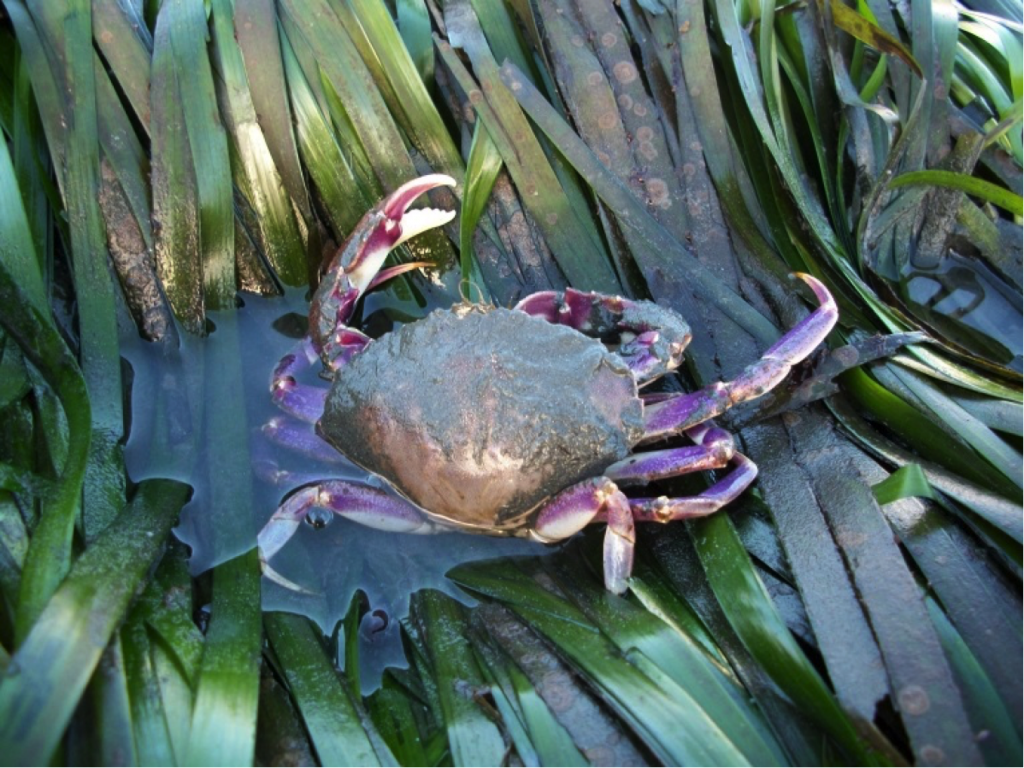
Last week, we looked at what the Estuary Program’s monitoring efforts can tell us about how safe the bay is for recreational uses like swimming. This week, we discuss how well Morro Bay’s waters can support wildlife.
Can Morro Bay support wildlife?
Fish and other aquatic wildlife need well-oxygenated waters. The amount of oxygen present in water is called dissolved oxygen (DO). The most sensitive wildlife need dissolved oxygen levels between 5 and 7 mg/L.
Without enough oxygen in the water, fish and other animals can asphyxiate and die.
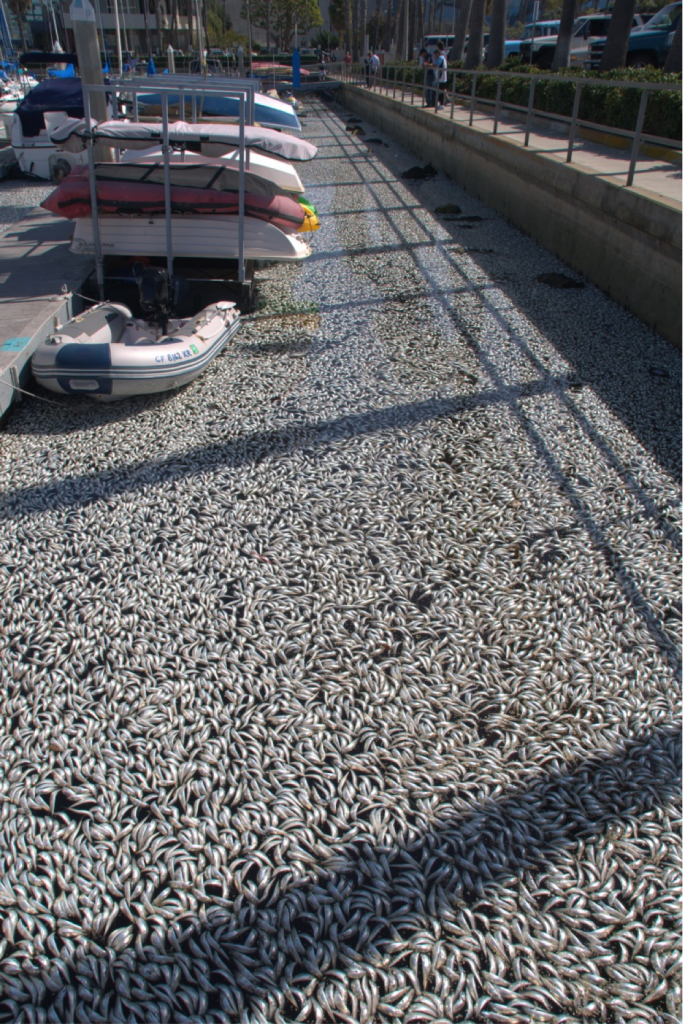
In the early morning hours, Estuary Program volunteers paddle to seven locations around the bay to collect DO measurements.
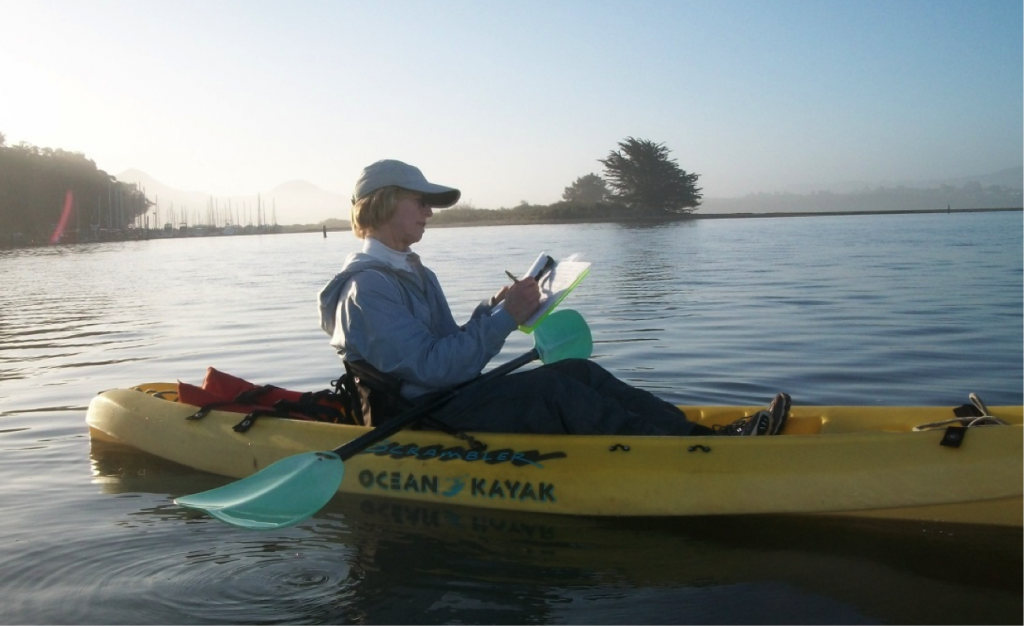
The following map shows the averaged DO concentrations from monthly volunteer monitoring between 2008 and 2014. Sites closer to the bay mouth and the channels typically have higher DO levels. Sites further back in the bay, where the waters are shallow and undergo less tidal mixing, are more likely to experience DO levels low enough to negatively impact aquatic life.
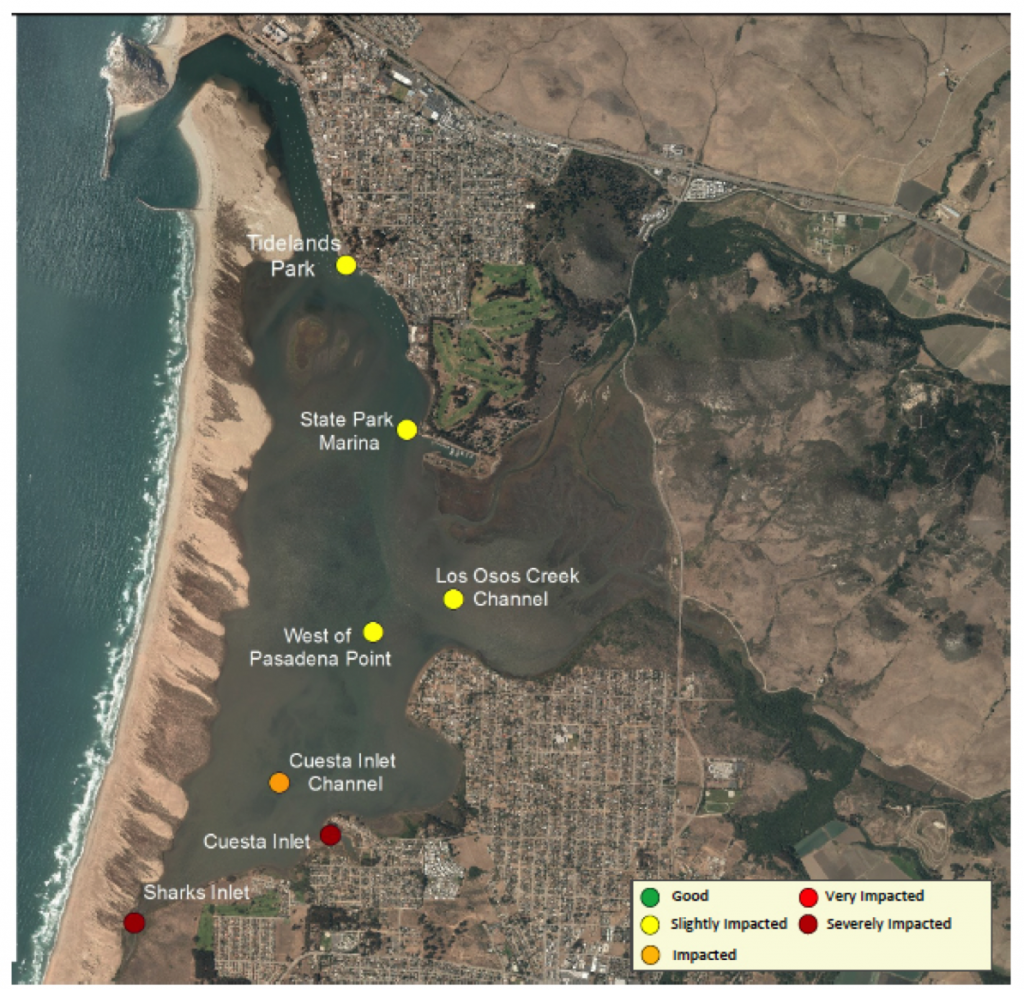
Human activities can play a role in bay oxygen levels. Rain that falls on our yards, driveways and streets ends up untreated in the estuary. This stormwater carries with it fertilizers, pet waste, car fluid leaks and other pollutants into our estuary. This pollution can introduce extra nutrients into the aquatic system, which in turn can lead to algal blooms.
This excess algae, like other aquatic plants, undergoes photosynthesis during the day, putting oxygen into the water. But at night, these same plants switch into a respiration mode, which consumes oxygen in the water. Thus, the lowest DO levels of the day—the most dangerous for plants and animals—are typically measured in the early morning hours before the sun gets high in the sky and photosynthesis resumes.
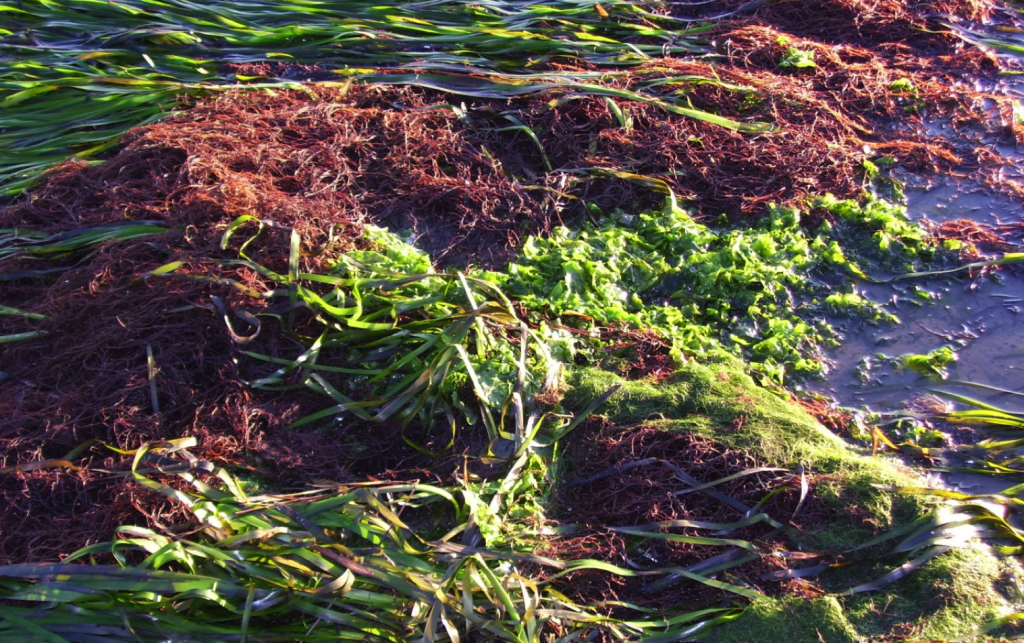
While human activities may be part of the reason for these low DO levels, the natural circulation and hydrology of the back bay plays a large role, too. The waters of the back bay naturally undergo less tidal mixing because they are farthest from the harbor mouth. They are also shallow, which means that they are quickly warmed by the sun, and warm waters cannot retain as much oxygen as cold waters can.
The bottom line
Although Morro Bay has lower than ideal DO levels in the back bay, meaning that it may have trouble supporting sensitive species at certain times during the year, we don’t experience dire phenomena such as fish kills.
Make a Difference
Each of us can make a difference in keeping our estuary clean and healthy.
What can YOU do?
- Be a bay-friendly gardener. Over-fertilizing your yard is a waste of money and results in harmful nutrients ending up in the bay. See our Bayside Guide for more tips.
- Get those leaks fixed. Car leaks, even small ones, result in oil and other automotive fluids being washed into the bay during rainstorms and causing problems for plants and animals.